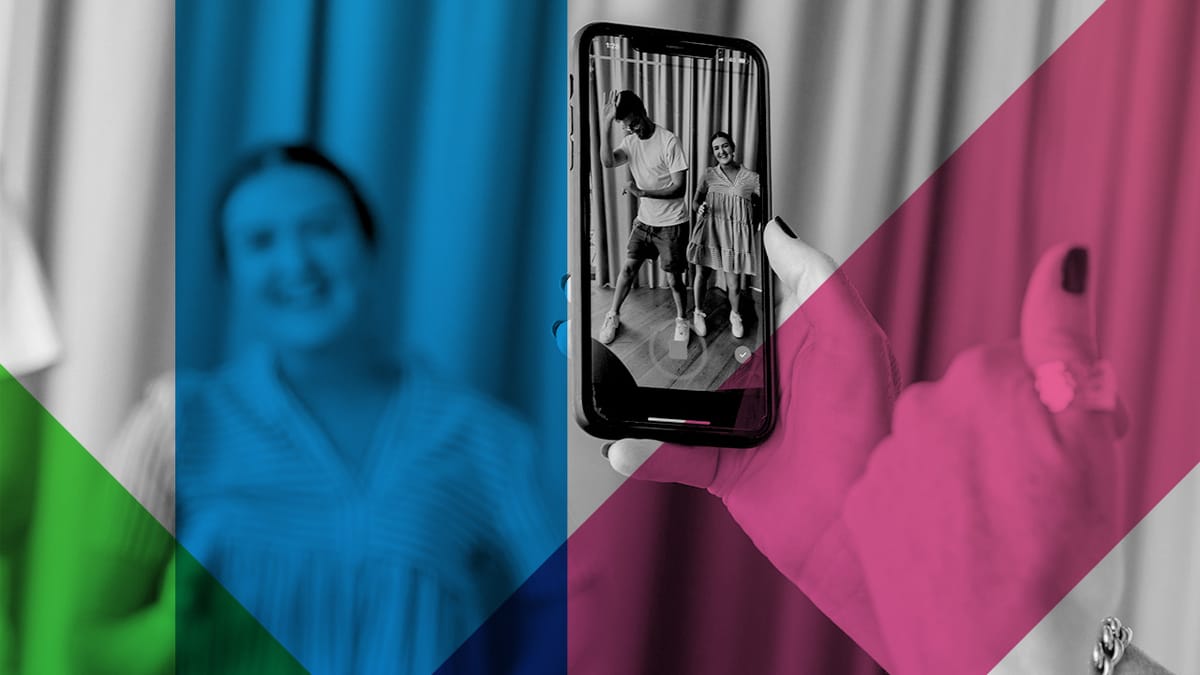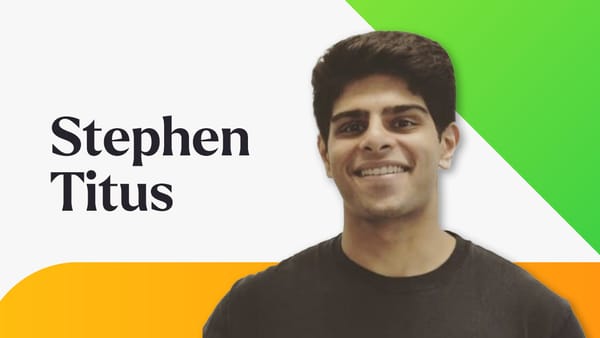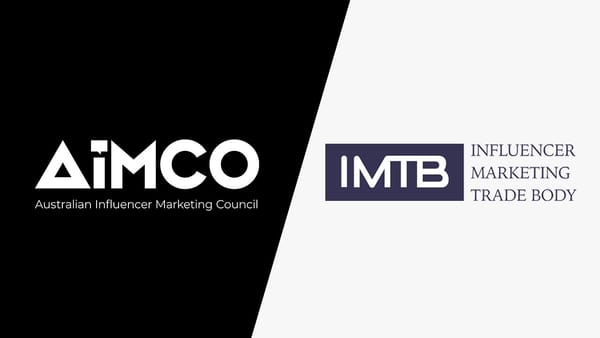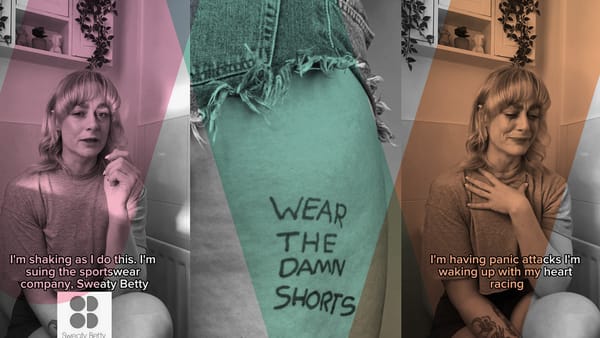Influencer marketing has been the star of the advertising world for years, and it’s still stealing the spotlight. But as the industry matures, a new buzzword is making waves – and it’s giving paid media a run for its money.
We are now in the age of earned media, where brands chase authenticity, and influencers juggle gifting with paying the bills.
What is earned media?
Earned media is any content you don’t directly pay for: think mentions, shares, and influencer shout-outs sparked by gifting or PR stunts. If you’re picturing hashtags, unboxing videos and spontaneous shout-outs, you’re on the right track.
Socially Powerful has released a new report detailing what the rise in earned media means for influencers.
With tighter budgets and growing consumer scepticism around ads, brands are swapping big cheques for clever campaigns that feel more ‘real’. In fact, marketing budgets have dropped to just 7.7% of company revenue – the lowest they’ve been in years – and earned media is filling the gap. It’s up 22.7% globally, and for good reason.
Consumers today are savvier than ever. They trust friends, influencers and fellow consumers over polished ads. According to the report, a whopping 92% say they’d rather hear from a real person than a brand, and 79% say user-generated content influences what they buy. Even vlogs are outperforming traditional ads in helping people discover new products.
The message is clear: if it doesn’t feel authentic, it’s not working.
Influencer marketing might be evolving, but it’s far from slowing down. There are over 50 million people globally creating content, and the number of influencers earning a living from it is set to double in the next four years.
In fact, influencer marketing is projected to be worth £19 billion by 2025. In the US alone, creators are expected to generate £10.8 billion next year, and nearly 60% of that is from brand deals.
What happens when brands start favouring free gifting over paid partnerships?
While earned media is a dream for brand budgets, it doesn’t exactly keep the lights on for creators. Gifting is nice when you’re just starting out. But after a while, free moisturiser doesn’t pay your rent.
Beauty and lifestyle creator Taryn Lewis puts it plainly: “Gifting can be exciting, but it doesn’t cover our expenses or reflect the true value of our work.” Gaming and tech creator Josh Samsoj agrees. “Some brands have shifted to gifted PR boxes and in-game items instead of paid promos,” he says. Great for brands, but not so much for creators’ bank accounts.
Mid-tier influencers are feeling the squeeze
Mid-tier influencers are feeling the effects of earned media. They’re not small enough to be cheap or big enough to be essential, which is causing a huge problem.
Brands are increasingly drawn to nano and micro influencers for their low fees and high engagement. In 2024, 70% of brands said they mainly work with micro and macro influencers, leaving the mid-tier stuck in no-man’s land.
These creators have enough of an audience to be influential, but they’re often overlooked, and earned media strategies only widen that gap.
TikTok’s role
As if that wasn’t enough, social platforms are keeping everyone on their toes. TikTok’s recent brush with a US ban sent shockwaves through the creator community. Many rushed to redirect their followers to Instagram or YouTube, while praying their main platform doesn’t vanish overnight.
Without TikTok’s viral magic, gifted campaigns lose steam. No virality means less exposure, which means brands rethink whether sending out PR boxes is worth it. Cue a scramble from creators to secure more paid collaborations just to keep earnings steady.
@tiktoktare new fav brow routine w @Benefit Cosmetics Mighty Fine Brow Pen #benefitofbrows #benefitclubpink #benebabe #benefitcosmetics #tiktokpartner
♬ Abracadabra - Lady Gaga
The future of earned media
Let’s be clear: earned media isn’t the enemy. When done right, it builds trust, boosts reach and saves brands a chunk of change. But relying on it alone is risky, especially for creators who need to turn content into a career.
The future lies in balance.
For brands, a mix of paid and earned media is the smartest play. Paid partnerships ensure control and consistency. Earned content adds authenticity and reach. Together, they create a full-funnel strategy that actually works.
For creators, a diverse income stream is essential. Gifting might get your foot in the door, but paid partnerships pay the bills and allow for long-term planning. Lewis sums it up well: “I’ve always been proactive in seeking out paid opportunities while nurturing long-term partnerships.”
And brands should take note: Gen-Z audiences care about authenticity. They want to hear from real people who aren’t reading from a script. That means investing in smaller creators early and building relationships that last, not just chasing the latest trend.
The big question now is: will earned media continue to dominate, or will we see a swing back towards paid strategies?
Whatever happens next, one thing is clear – earned media is just getting started.








